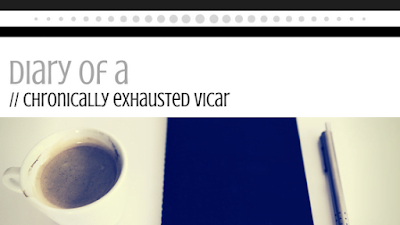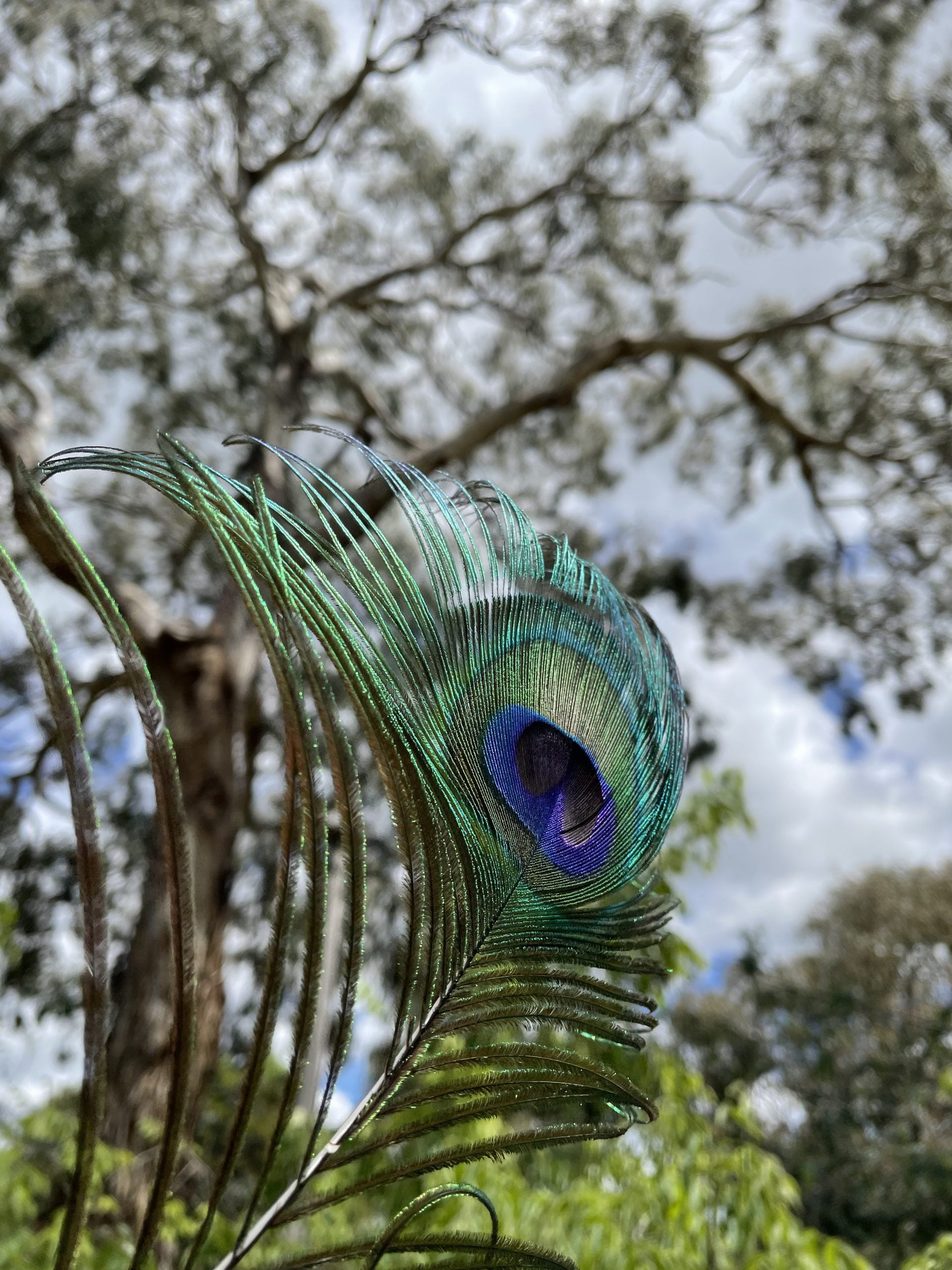Back in March, I had this idea that I would write a Lent reflection each week of the season. However, here we are, closing out week 5, and this is only the second of such reflections. There are two reasons for that, both to do with the Chronic Exhaustion. To avoid an overly long post (and to catch up another of the ‘missing’ posts, perhaps), I’ll explore one today, and one tomorrow.

In the first of the Lent reflections, I wrote about the book with which I intended to engage through the season, a book of daily stories on Holy Solitude. I have hardly opened the book since.

The truth of a condition of chronic exhaustion, which one does not fully appreciate until one is within such a condition, is that even to sit still and engage one’s muscles in active stillness is impossible a lot of the time. The second week of Lent, I had not the strength or energy to sit for active meditation.
So the practice fell by the wayside.
I still had much time of stillness: for that is all I can do when the pain affects my muscles, bones, sinews, and dulls my thinking. It is a different quality of stillness from the meditation practice I am seeking to build. It is a collapsing into the chair, a lying down in bed or on the sofa; it is much more ‘nothing’ than meditation is, at its best.
When I am in such pain that all I can do is collapse, I often do so into my wingback armchair in the room that will one day be an indoor garden – slowly developing. In this room are most of the candleholders that usually sport decorative candles, and the lanterns currently unlit. I can see the bowl and vase of twigs on their tables in adjoining rooms, too. Visually, I am reminded of the season, and I find that my sighing-praying resonates with the mood and focus of a season of attending to our return to the Divine.
As I contemplate the lapse in the practice of meditation I hoped to integrate into my daily living, and observe the stillness that is essential to that daily living, I am actually encouraged. In the simple act of changing my surroundings to suit the season, I, even when I cannot think clearly, or meditate actively, am still able to engage in the attentiveness that is the invitation of Lent: and I have, without quite realising it, made a return deeper into the heart of the Holy.
There is an attentiveness required of me if I am to negotiate this illness to continue to move towards healing. This means slowing down, moving gently, and resting often. This means pre-ordering and pre-cooking meals to conserve energy while also ensuring healthy eating. This means more solitude than even I naturally incline towards.
And in the midst of it all – all that diminished capacity – with the planning and preparation and paying attention, I can use even my diminished capacity for nurture, for return to the Holy. So subtly and gently that I hardly even realised I was drawing closer, and yet, I find I have.





Leave A Comment